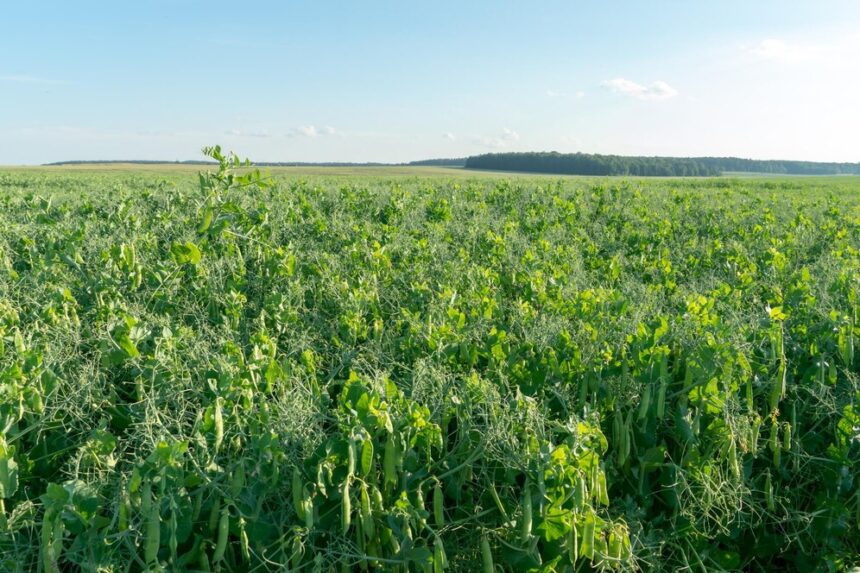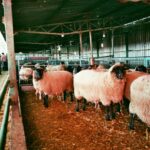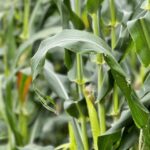Climate change has increasingly disrupted traditional agricultural practices, prompting farmers, agronomists, and researchers to adopt innovative, sustainable methods. Among these, climate-smart crop rotation has emerged as a key strategy to build resilience, improve soil health, and enhance food security in the face of changing weather patterns.
Crop rotation—the practice of growing different types of crops sequentially on the same land—has been a long-standing agricultural technique. However, the climate-smart version integrates modern knowledge about environmental stresses, carbon emissions, and resource management to optimize productivity while mitigating climate risks. It involves the strategic selection and sequencing of crops that not only complement each other agronomically but also address environmental challenges such as soil degradation, drought, and pest outbreaks. This approach emphasizes biodiversity, efficient resource use, and reduced reliance on synthetic inputs.
Climate-smart crop rotation offers a range of benefits. Rotating legumes with cereals, for example, helps fix atmospheric nitrogen, reducing the need for synthetic fertilizers. This leads to healthier soils that retain more moisture and nutrients, which is critical for combating drought. Changing crop types also disrupts pest and disease cycles, reducing the need for chemical pesticides and leading to safer food systems and lower production costs. By alternating deep- and shallow-rooted plants, this method improves water infiltration and storage in the soil, which is essential in regions facing irregular rainfall or prolonged dry spells. Diverse crop systems are more resilient to climate extremes, ensuring more stable yields even under unpredictable weather conditions. Additionally, smart rotations reduce the need for intensive tillage and synthetic inputs, lowering carbon emissions and boosting soil carbon sequestration.
To implement climate-smart crop rotation, several practices are essential. Including legumes such as beans, peas, and lentils in the rotation enhances nitrogen availability in the soil and improves overall crop performance. Cover crops like clover or rye can be grown between main cropping seasons to prevent soil erosion, enhance organic matter, and suppress weeds. Alternating deep-rooted crops like sunflowers with shallow-rooted ones such as lettuce helps maintain soil structure and optimize nutrient uptake. Using seasonal forecasts and historical weather data allows farmers to make informed decisions about crop selection and rotation timing. Most importantly, these practices must be tailored to local soil types, rainfall patterns, and market demands to ensure effectiveness.
Implementing a successful rotation begins with assessing farm conditions, including soil health, topography, and rainfall patterns. Farmers should identify suitable crop sequences that complement each other in nutrient use, pest resistance, and water needs. Developing a multi-year plan, typically spanning three to five years, allows for proper sequencing and gives the soil adequate time to recover. Continuous monitoring using soil tests, yield data, and climate forecasts helps refine the strategy each season. Participating in farmer networks or working with local agricultural cooperatives can also provide valuable insights and support.
As climate change continues to affect global food systems, climate-smart crop rotation offers a practical and impactful solution. By aligning traditional farming wisdom with modern environmental insight, it provides a roadmap for sustainable, resilient agriculture. Farmers who adopt these practices not only protect their yields and profits but also contribute to a more sustainable and food-secure future.
Join 'Farmers Mag' WhatsApp Channel
Get the latest Farming news and tips delivered straight to your WhatsApp
CLICK HERE TO JOIN






